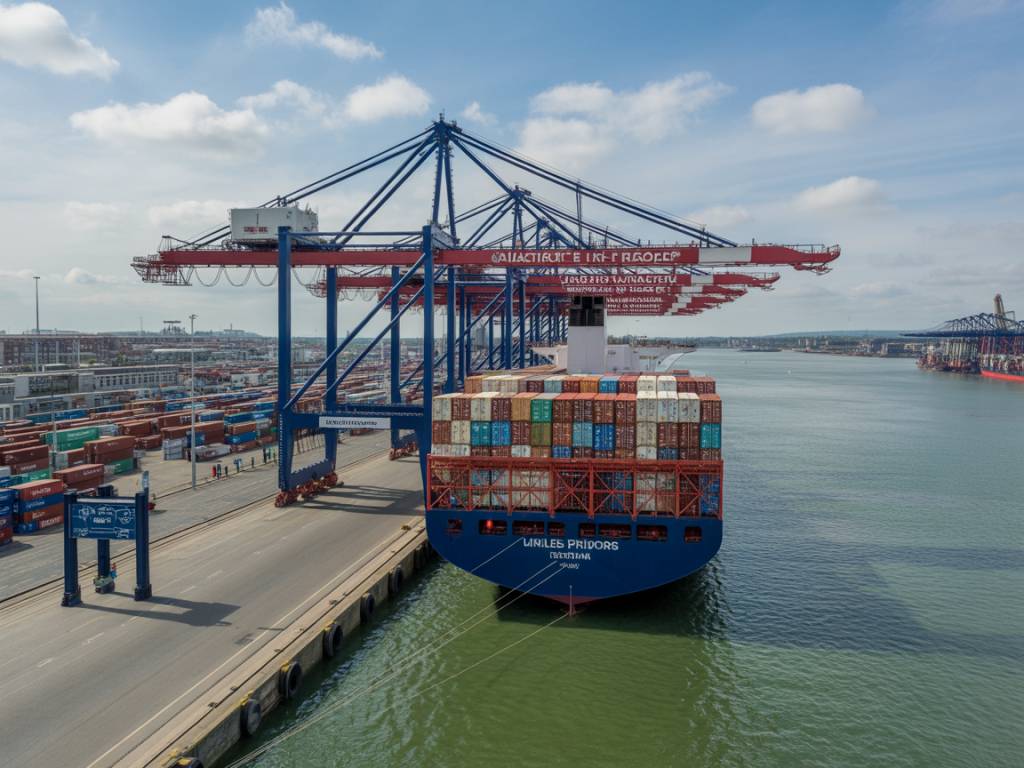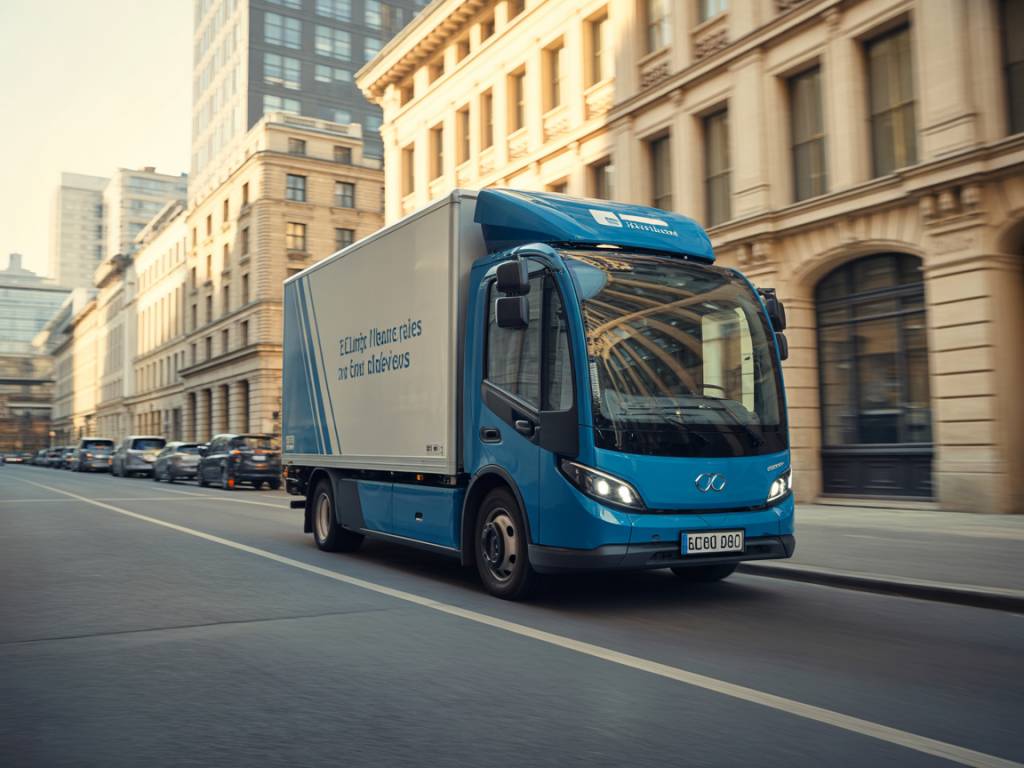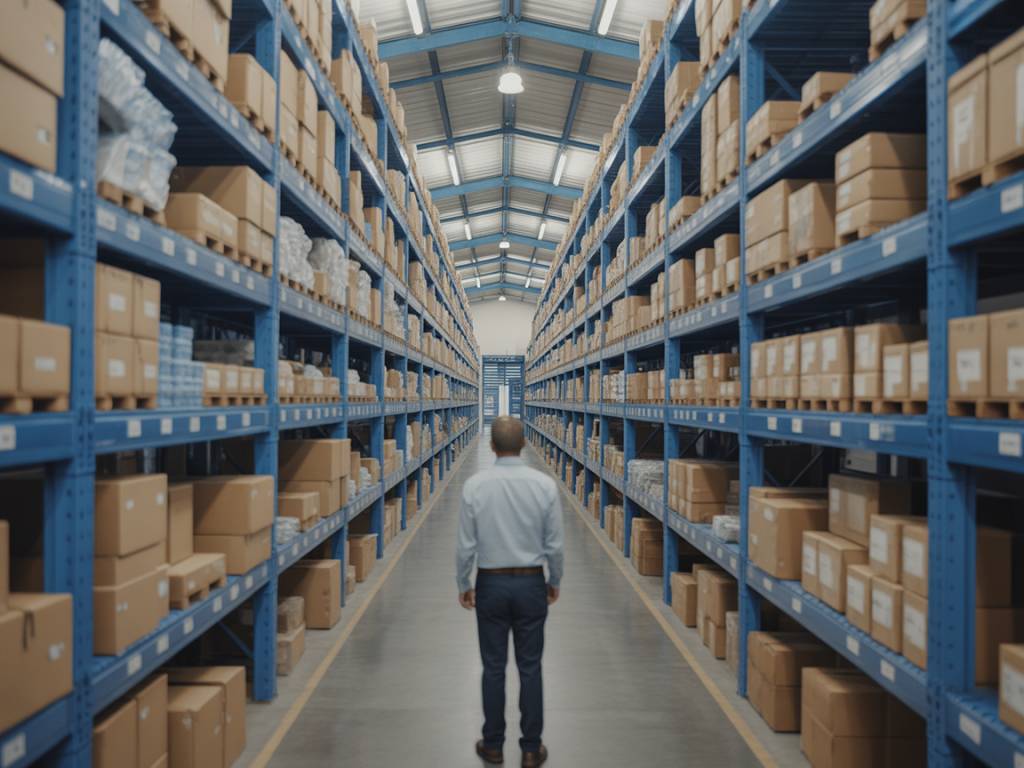UK Port Investments: A Strategic Pivot for Post-Brexit Trade
Over the past five years, the UK has undergone seismic changes in its trade infrastructure, made more pronounced by Brexit and the global supply chain crisis triggered by the COVID-19 pandemic. At the heart of this transition lie the United Kingdom’s ports—the logistical arteries of the nation’s commerce. Significant investments, both public and private, have poured into modernizing and expanding port facilities, aiming to position the UK as a more autonomous and competitive trading nation. But how are these investments reshaping the landscape of international trade and maritime logistics?
Ports: The Unsung Heroes of Supply Chain Resilience
Ports are not merely docking stations—they are complex ecosystems where customs, storage, intermodal transport, and labor dynamics converge. With over 95% of the UK’s trade by volume passing through ports, their efficiency (or lack thereof) has a direct impact on supply chain reliability and cost structures for domestic firms.
In the aftermath of Brexit, many UK businesses faced increased customs complexity, delays, and rising transportation costs. A new focus on port autonomy and capacity emerged as a strategic imperative—not just for resilience but for global competitiveness.
Where Is the Money Going? Key Investments by Region
Several high-profile port infrastructure projects are currently reshaping the maritime landscape across the UK. These projects blend digital innovation, green logistics, and expanded cargo handling capacity.
- Port of Felixstowe: The UK’s busiest container port has committed over £200 million in upgrades, including new cranes capable of servicing ultra-large container vessels (ULCVs), rail terminal expansion, and AI-driven yard management systems. The goal? Smoother intermodal transitions and reduced dwell times.
- Port of Liverpool: Peel Ports has invested more than £400 million into its Liverpool2 container terminal. This expansion strengthens links with North America and positions Liverpool as a viable alternative to congested southern ports.
- Humber Ports (Immingham, Hull, Grimsby): ABP has steered over £300 million towards decarbonization projects, hydrogen infrastructure, and new storage facilities, reinforcing the region’s status as the UK’s « Energy Estuary. »
- London Gateway (DP World): With over £2 billion already invested, DP World is expanding the site into one of Europe’s most advanced smart ports. Recently launched initiatives include fully automated container handling and real-time cargo tracking for clients like Tesco and Marks & Spencer.
Collectively, these initiatives signal a shift from port-as-infrastructure to port-as-service, with an emphasis on digital integration and environmental compliance.
The Freeports Strategy: A Game Changer or Political Gamble?
As part of the post-Brexit policy arsenal, the UK Government introduced the Freeports program, offering tax incentives, tariff deferrals, and streamlined customs procedures to select ports. Eight initial zones have been designated, including Teesside, Plymouth, and Solent.
The goal? Attract foreign investment, foster innovation clusters, and stimulate job creation in underperforming regions. The Freeport model, inspired by global counterparts in Dubai and Singapore, seeks to integrate trade zones with manufacturing and R&D—creating self-reinforcing ecosystems of economic activity.
Early indications show promise. Teesworks, linked to Teesport, has already attracted over £1.5 billion in green energy projects. However, critics point to possible risks, including tax revenue displacement and lax regulatory oversight.
Tech Transformation: Ports Enter the Digital Age
Digital innovation is no longer optional. UK ports are racing to adopt next-generation technologies to streamline operations and meet elevated client expectations. Practical implementations already in motion include:
- Blockchain-based customs clearance: Pilots at Southampton and Felixstowe aim to cut red tape through decentralized trade documentation.
- IoT sensors and predictive analytics: Used to monitor port machinery health and preempt downtime, which directly reduces service interruption costs.
- AI-powered vessel scheduling: Helps optimize berth allocation and reduce idle time, especially significant for high-traffic ports like Dover.
Speaking to industry executives at the recent Multimodal trade show in Birmingham, the consensus is clear: ports that fail to digitize risk falling behind in an increasingly real-time global trade environment.
Implications for UK Exporters and Importers
For businesses relying on international trade, these infrastructural upgrades come with tangible benefits—if leveraged wisely. Here’s how:
- Shortened delivery lead times: Thanks to port expansions and digital tools, customs clearance and hinterland transportation are becoming faster and more transparent.
- Diversification of entry points: Improved capacity at northern ports like Liverpool and Teesport allows firms to bypass congested southern gates and access regional markets more directly.
- Opportunities in nearshoring: With better port infrastructure, UK manufacturers are more tempted to source raw materials via shorter maritime corridors, potentially less affected by geopolitics.
Yet, challenges persist. Driver shortages, rail terminal bottlenecks, and the lack of cross-dock infrastructure continue to affect efficiency. Port investment is only one piece of the puzzle; synchronizing it with inland logistics is equally crucial.
Green Logistics: More Than a Buzzword
Sustainability is now a boardroom and government-level mandate. UK ports are responding with initiatives tailored toward reducing carbon footprints across the logistics chain. Some notable examples include:
- Shore power installations at Portsmouth and Southampton to allow vessels to switch off diesel engines while docked.
- Wind and solar integration at landside facilities, contributing to reduced energy costs and emissions.
- Clean fuel pilot programs involving hydrogen-powered yard vehicles and electric forklifts.
However, the transition is complex. According to an ABP operations director interviewed during an on-site visit in Immingham, “Port infrastructure has a 30-to-50-year lifecycle. Retrofitting equipment for sustainability is not just about budget—it’s about reengineering the operating philosophy.”
Looking Ahead: What Does This Mean for Global Trade?
With global trade patterns shifting—driven by geopolitical realignment, digital commerce, and environmental mandates—the role of UK ports is evolving in tandem. Port investments are no longer isolated CAPEX decisions; they are strategic levers integrated into broader industrial policy.
Partnerships between ports, tech companies, and local authorities are increasingly common, aiming to strike a balance between national competitiveness and community impact. From a macroeconomic standpoint, a more agile and connected port network can reinforce the UK’s ambition to position itself as a key transatlantic and maritime trade hub.
Still, questions remain: Will Freeports deliver sustained growth beyond the initial fiscal incentives? Can UK logistics infrastructure keep pace with the ports themselves? Most importantly—will smaller exporters benefit, or will these initiatives primarily serve multinationals?
What’s certain is that the investments being made today will shape the UK’s trade capacity for decades. And in a rapidly reconfiguring global economy, staying ahead means building smarter—not just bigger—gateways to the world.




